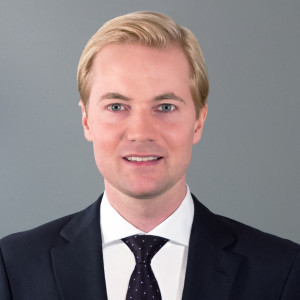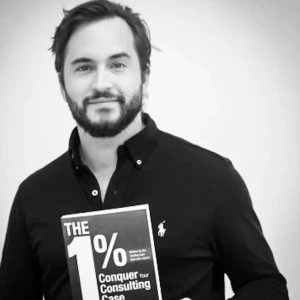I just happened to have some questions on how to prepare and answer the fit intervew.
1) As much as MECE goes for case structuring, is there actually a similar expectation for the fit interview part beyond the STAR format. For example, let’s say I am talking about a project in the action section of STAR format, am I expected to use MECE to make sure what I did is clear and precise?
2) Pyramid principle and fit interview. I don’t know if this is silly, but is it helpful for the interviewer if I give a one sentence summary to my behavioral interview answer. I am a little hesitating on this because although my answer will be more clear, but I don’t want my one sentence summary to not covered entirely by my story details.
3) Is there anything from the story that the interviewer really biased to listen and care about?

















